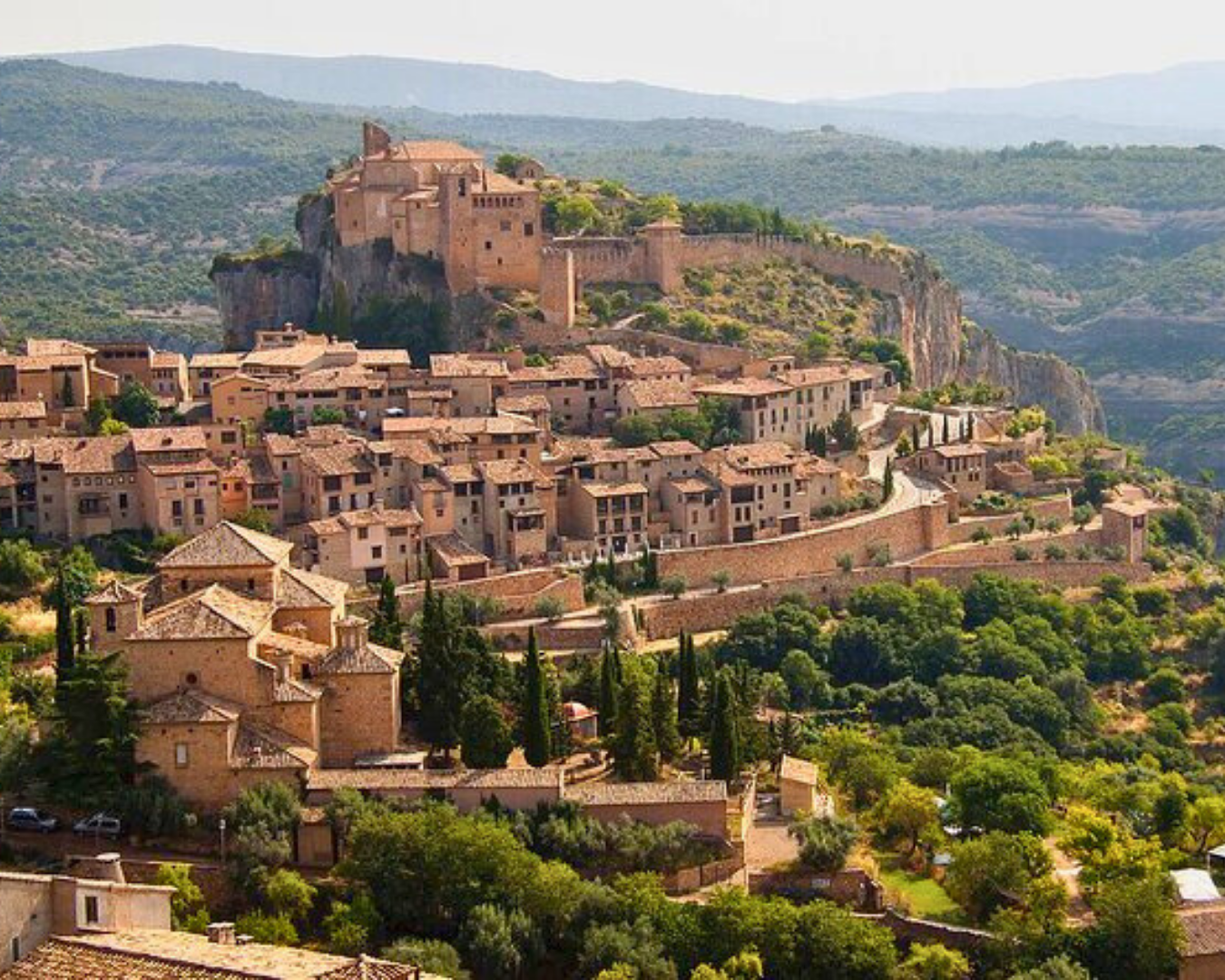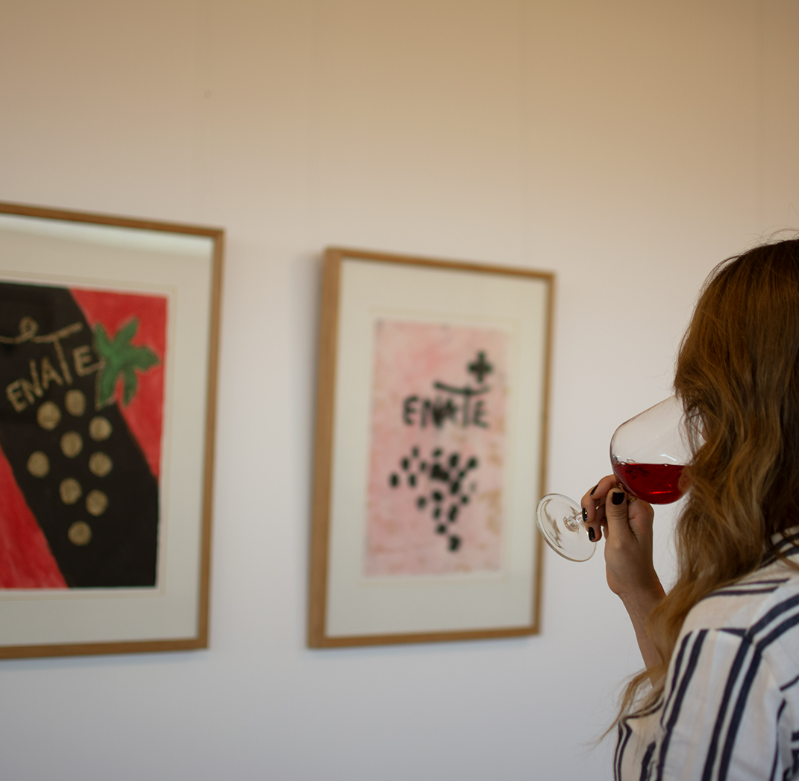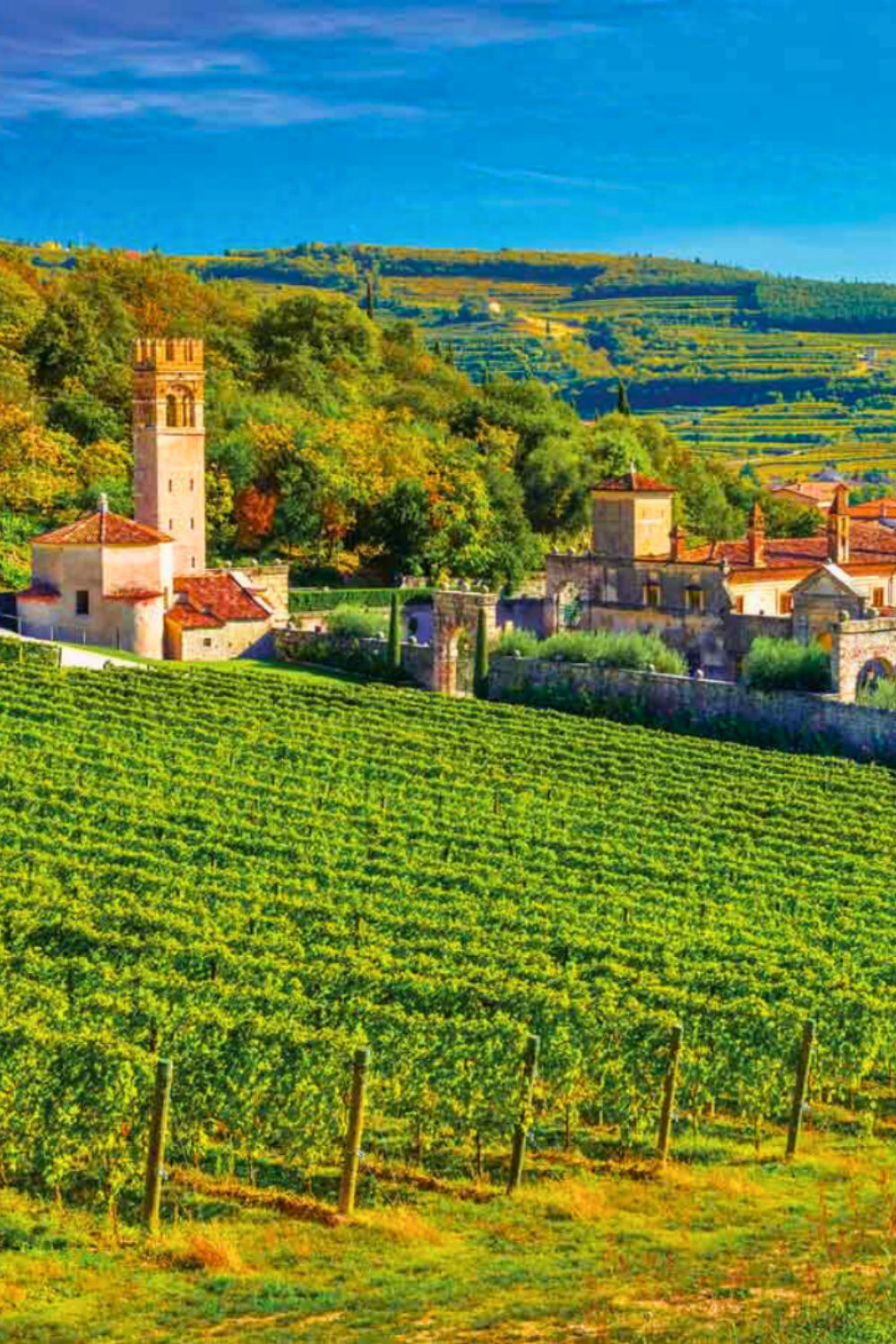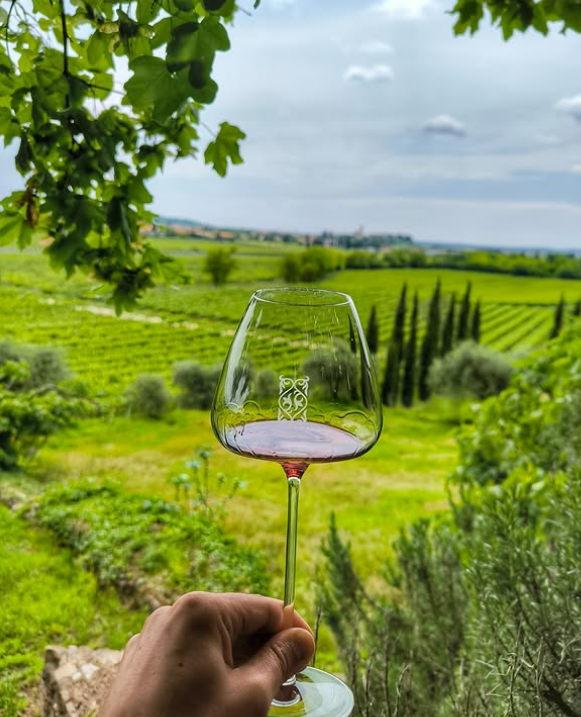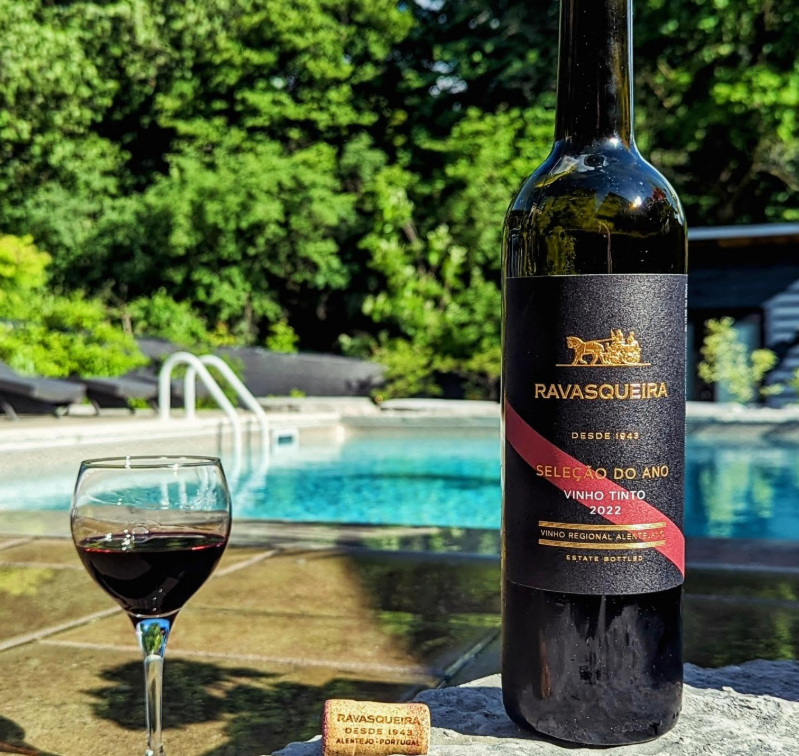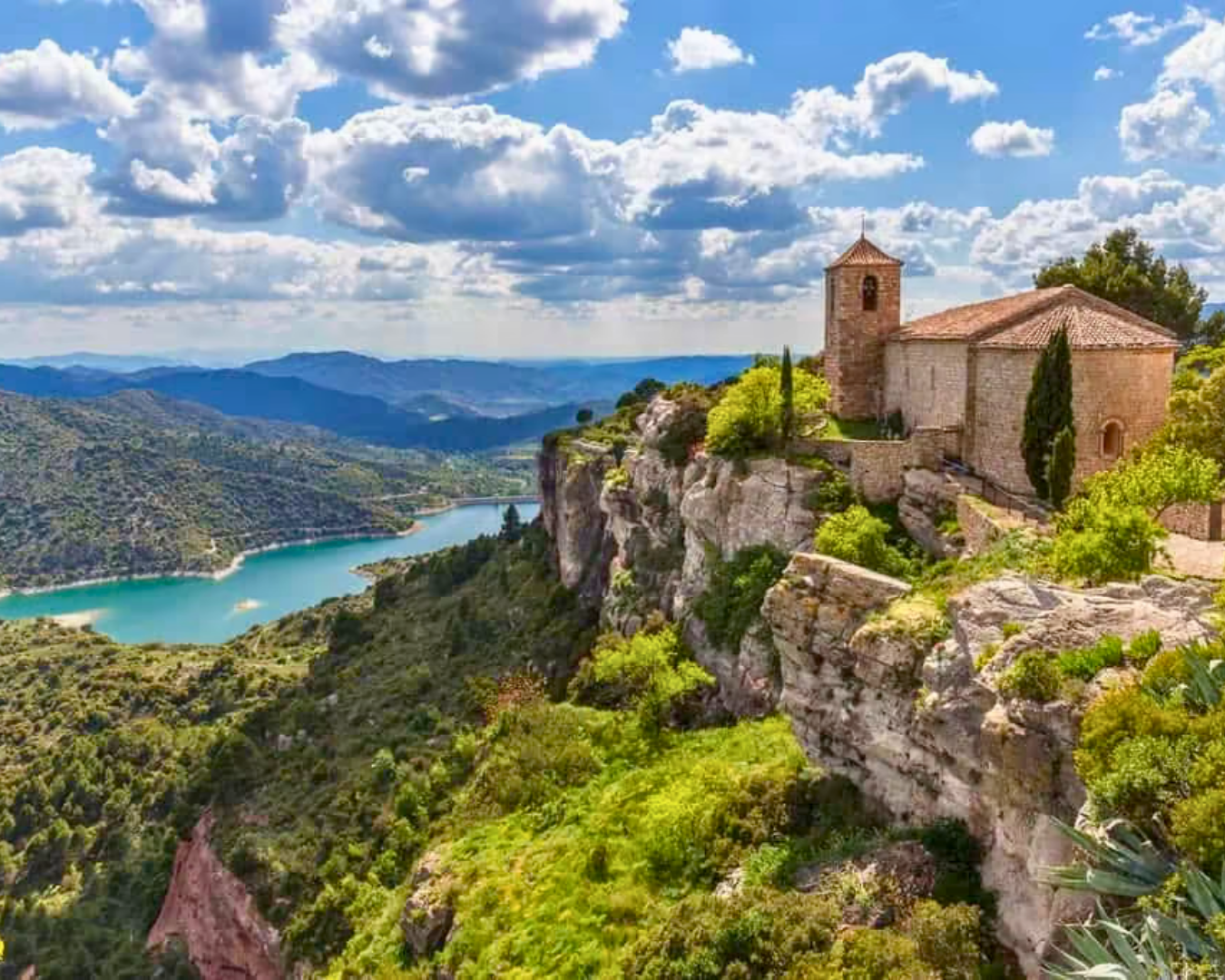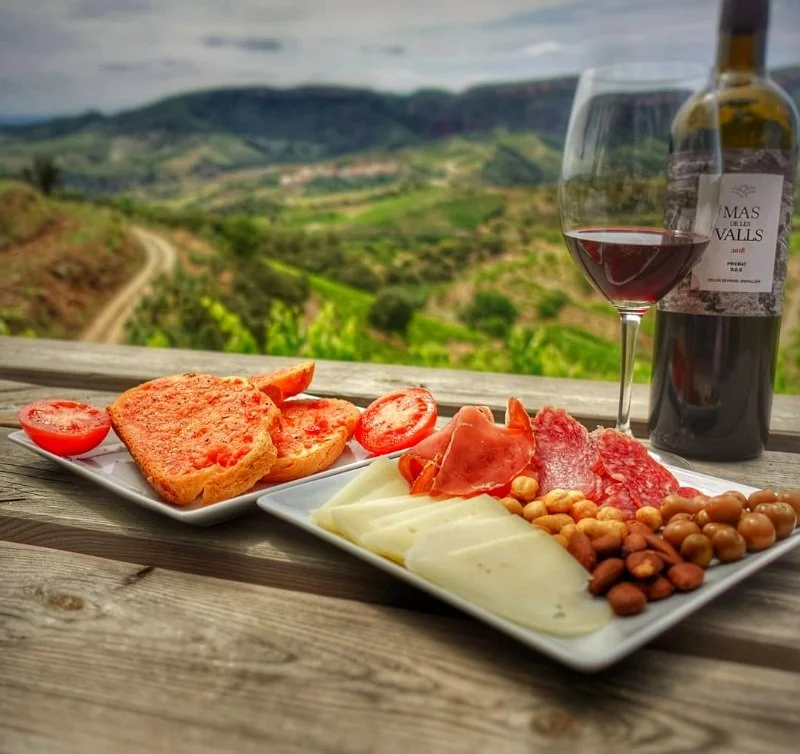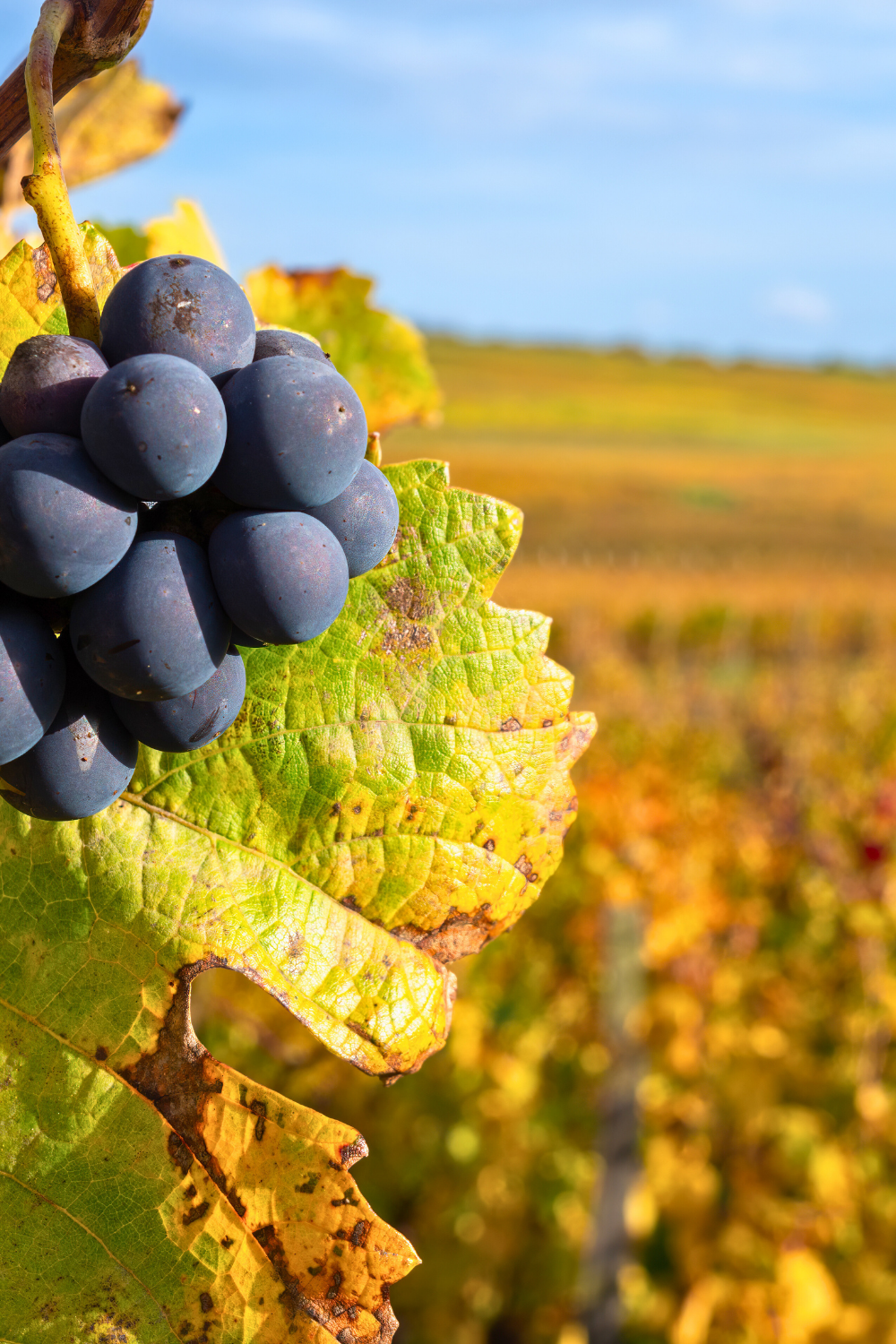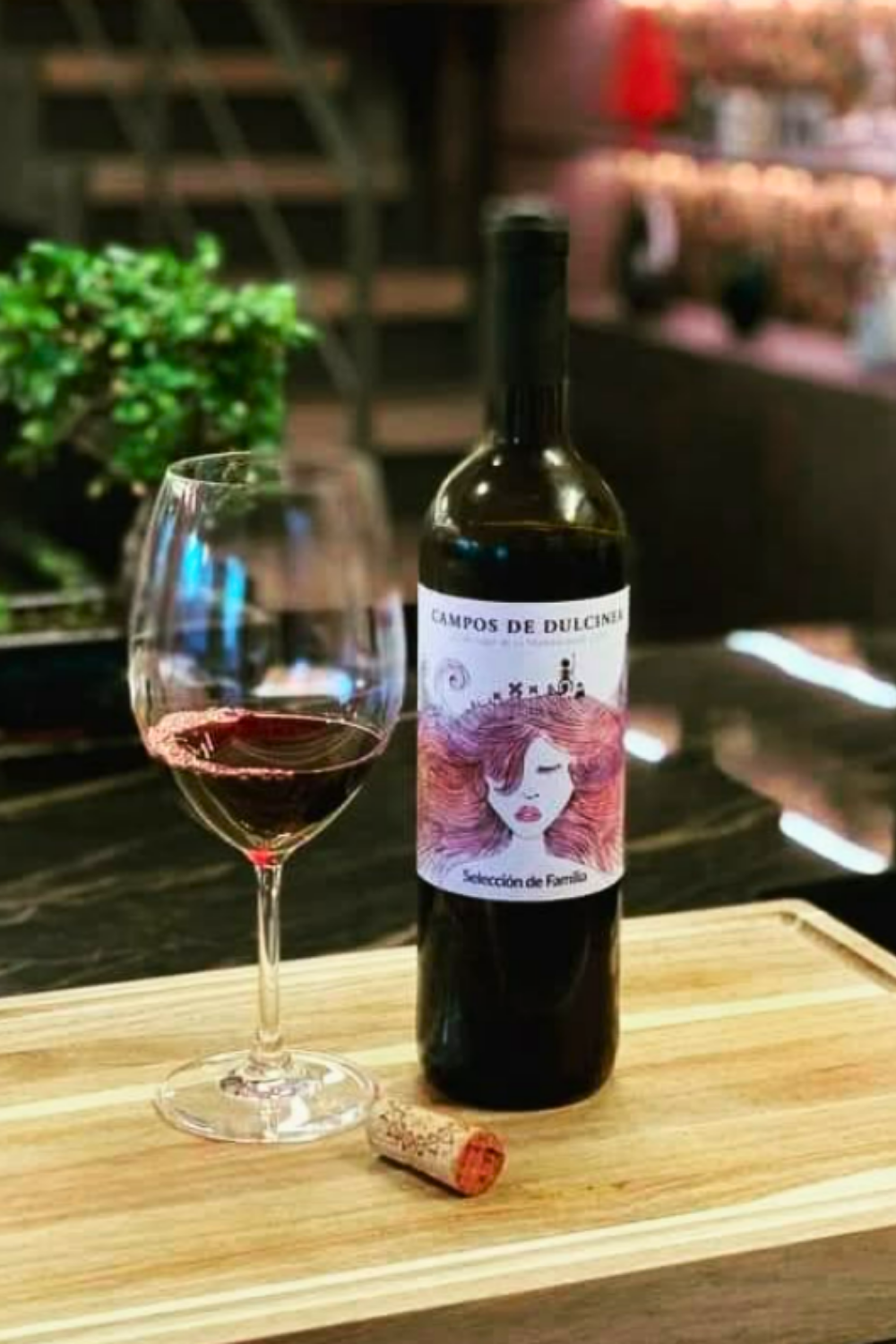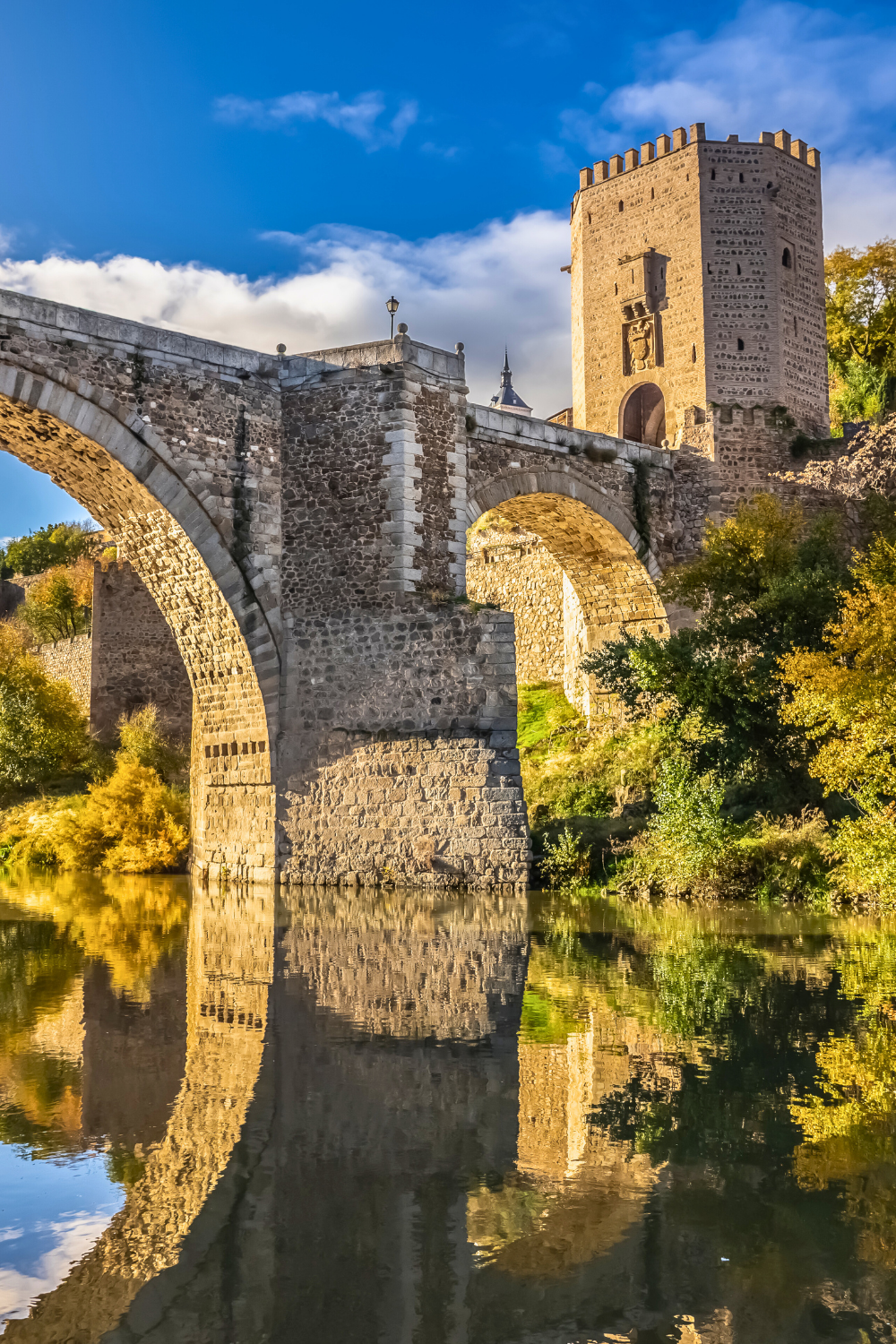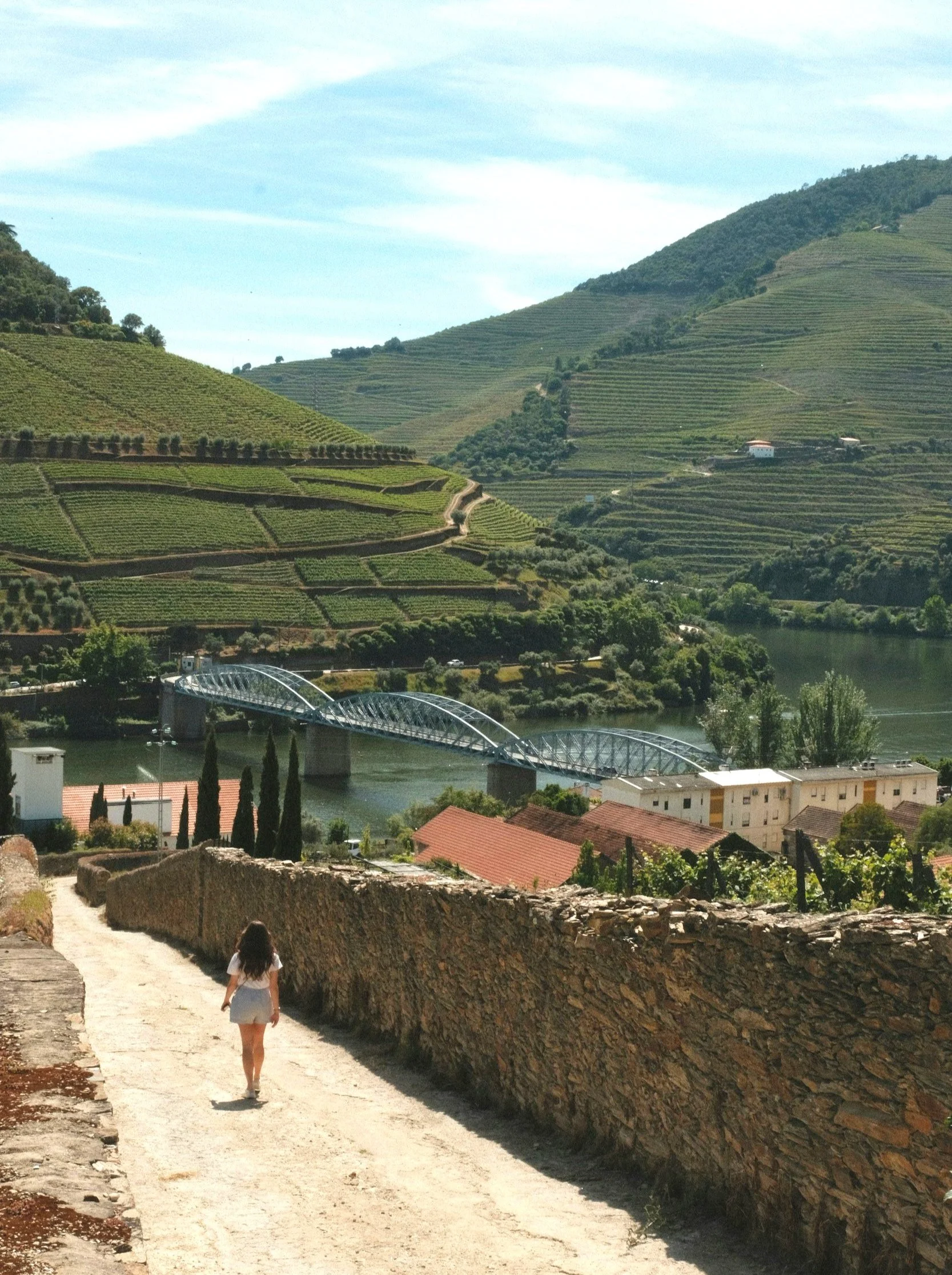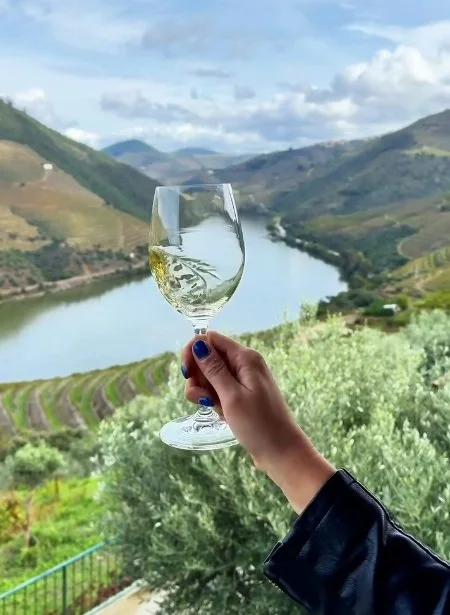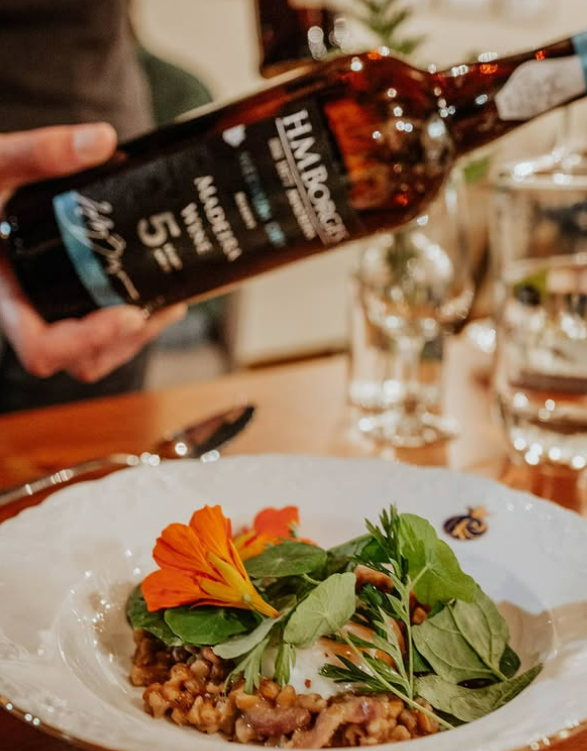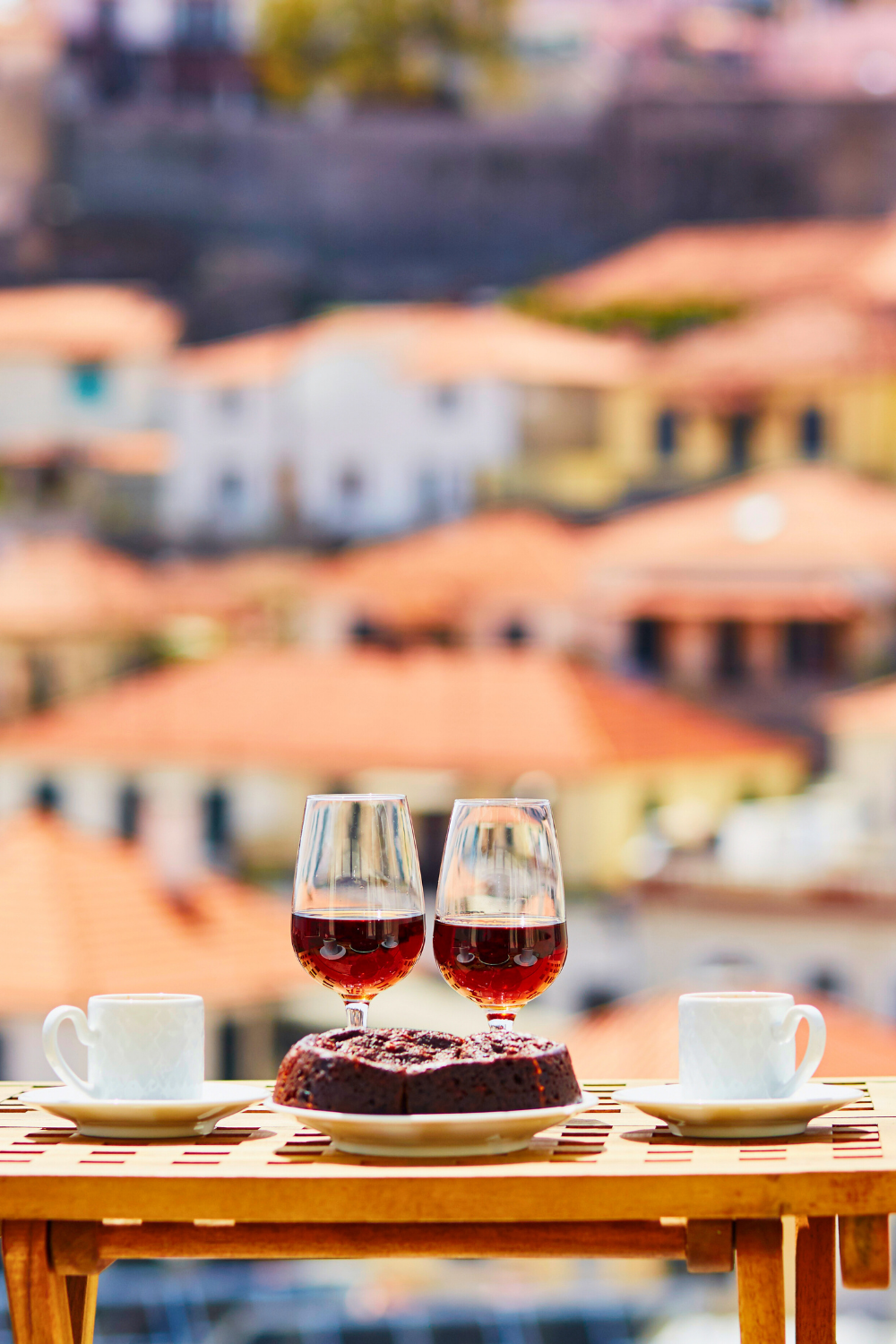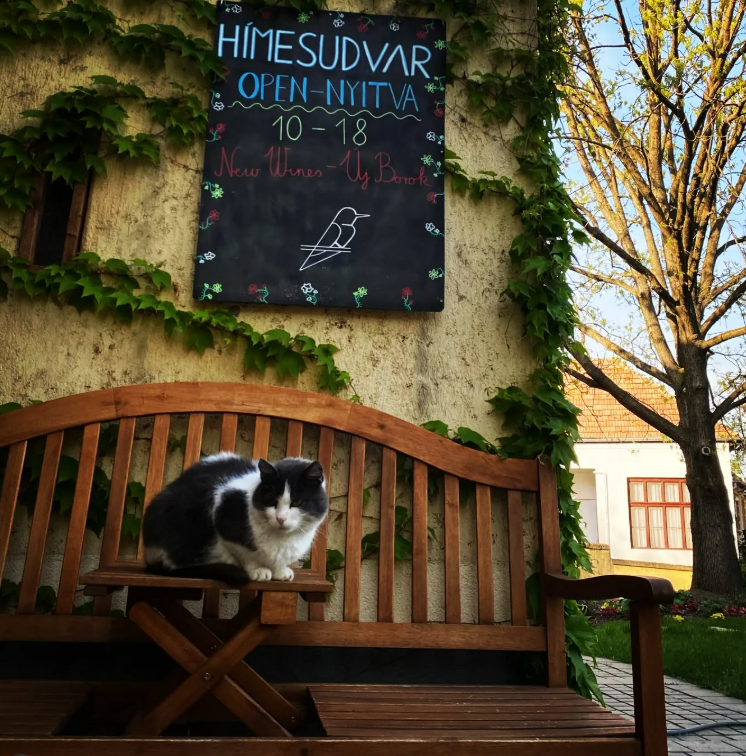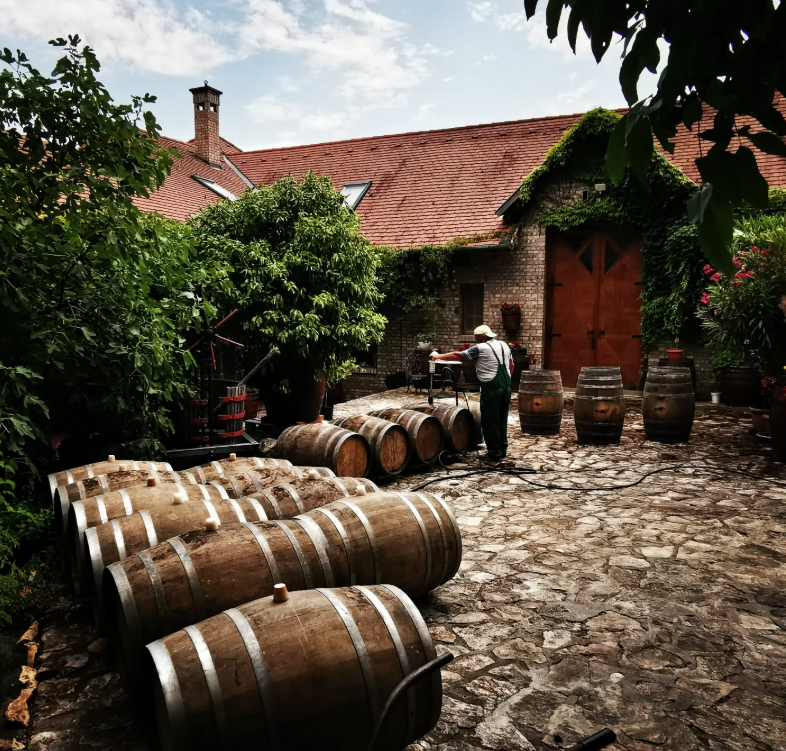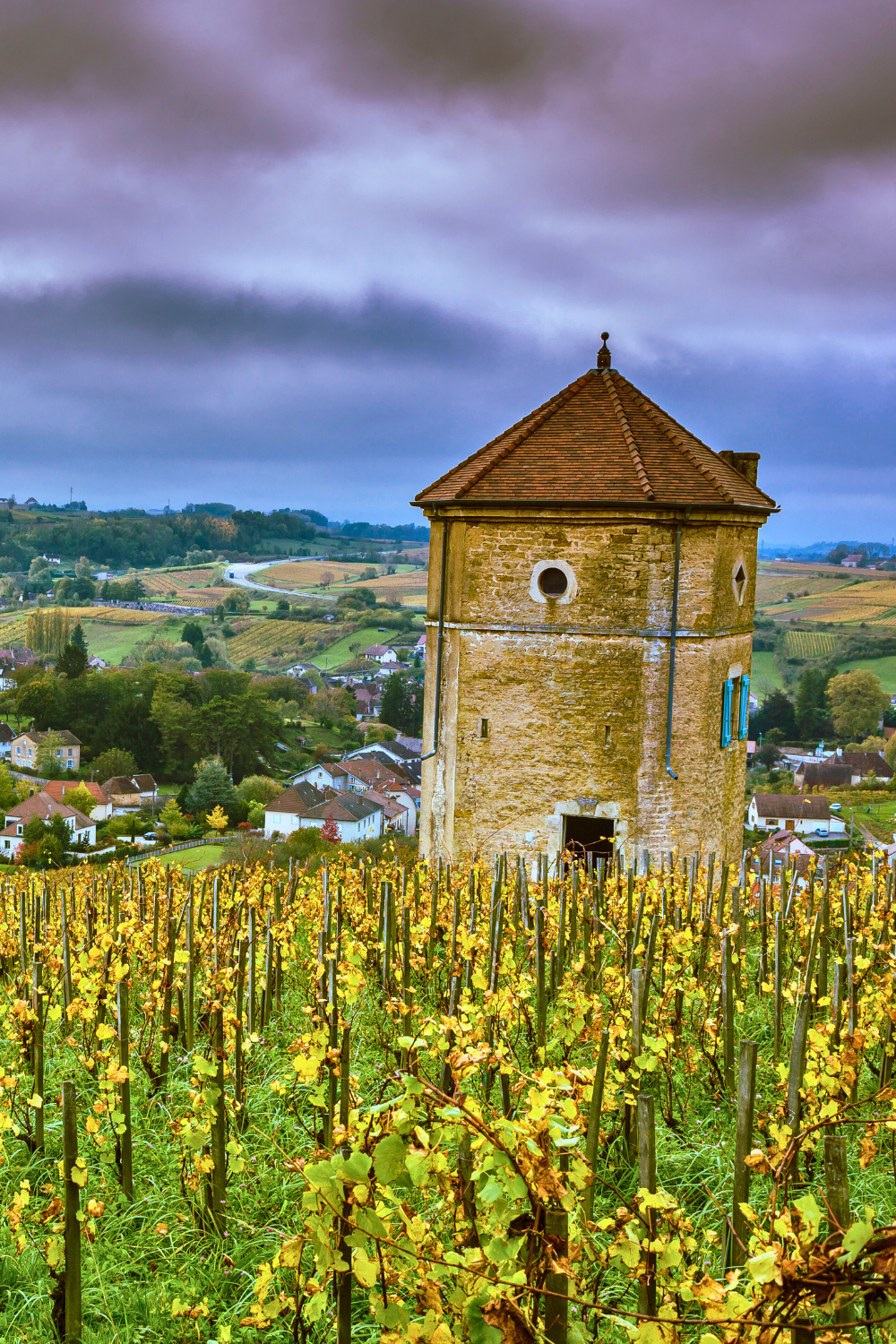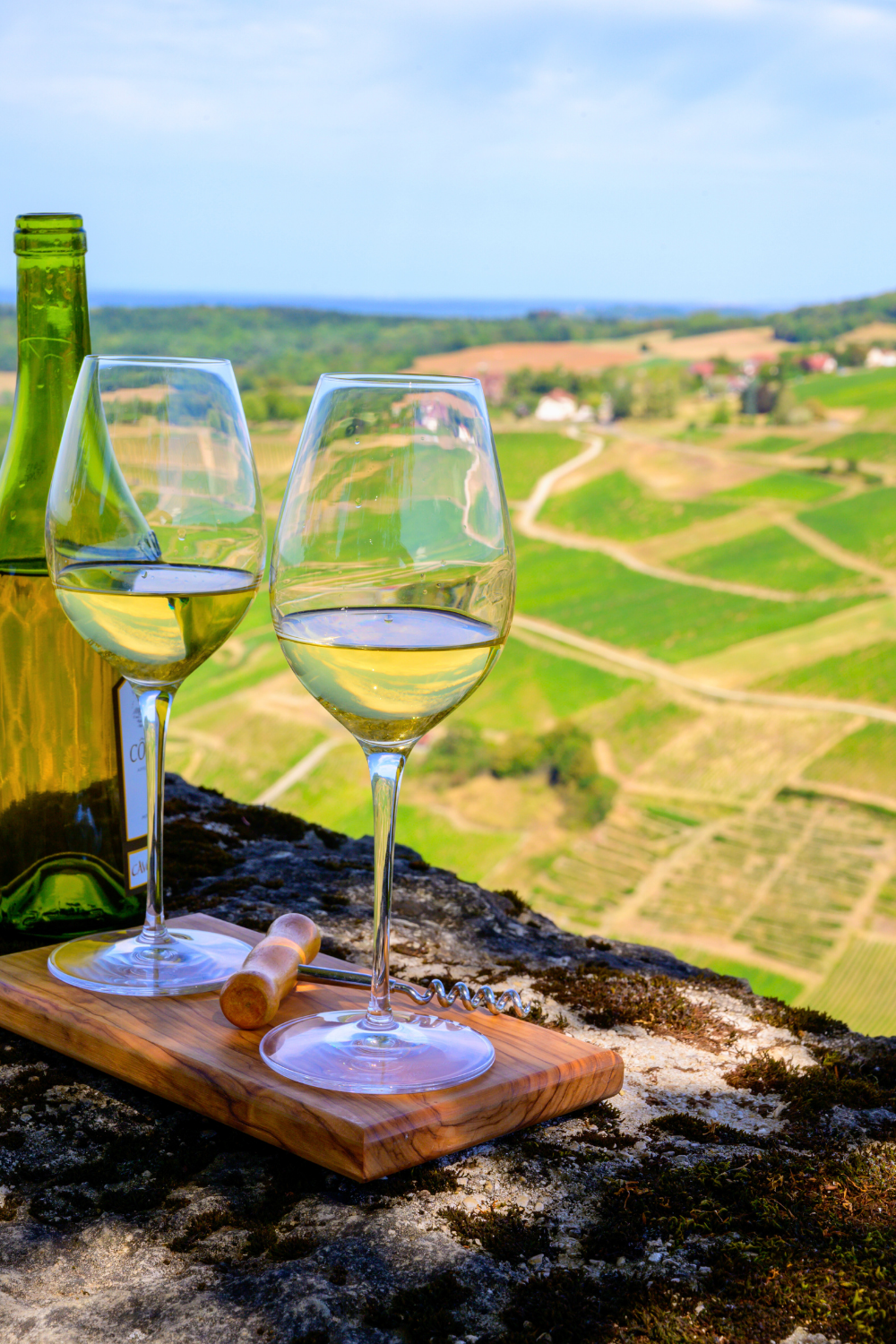10 Underrated Wine Regions in Europe for an Authentic tasting without the crowds
Wine travel isn’t just about the wine itself. It’s about the setting, the people, the pace, and the quiet charm that turns a simple tasting into something memorable. The truth is, not every wine lover dreams of jostling through crowded vineyards or joining a packed group tour that feels more rushed than refined.
If you've ever found yourself at a wine tasting that felt more like a theme park line than a relaxing experience, you're not alone. That’s why more mindful travelers are seeking out lesser-known, peaceful wine destinations across Europe. Places where you can meet the winemakers, stroll through sun-drenched vineyards, and enjoy the wine slowly, with space to breathe and views to remember.
In this guide, we’ve handpicked 10 underrated wine regions in Europe that offer something truly special. These are spots that haven’t been overrun by tourism, yet produce wines that are rich in character and history. Some are tucked into alpine valleys, others lie quietly in the shadows of more famous neighbors - but all share one thing in common: an authentic, crowd-free wine experience.
Whether you're planning your next wine travel itinerary or simply craving a quieter alternative to the usual hotspots, these hidden European wine regions will give you the chance to slow down, savor every sip, and connect with the heart of local winemaking.
Somontano, Spain: Relaxed vibes, good wine, no crowds
Somontano isn’t the first place that comes up when people talk about Spanish wine regions - and that’s kind of the point. It’s a small, quiet area near the Pyrenees where the pace is slower, the views are great, and the wine is seriously underrated.
If you’re looking to avoid the big-name wine routes packed with tour buses and selfie sticks, Somontano is a solid alternative. You’ll find family-run vineyards, quiet villages, and countryside that still feels a bit untouched. It’s the sort of place where you can take your time, talk to actual winemakers, and enjoy a long lunch without feeling like you need to rush anywhere.
Barbastro is the town to stay in. It’s walkable, charming, and has a few cozy spots where you can try local reds (Garnacha and Tempranillo are everywhere, and they're really good). The wine here is full of character, just like the people making it. It’s less polished, more personal. You’re not just ticking off wineries—you’re actually getting to know the place.
Food-wise, it’s comfort dishes done well. Lots of lamb, stews, and fresh local produce. It’s nothing fancy, but everything tastes like someone’s been making it the same way for years. Pair that with a view over the vineyards, and you’ve got the kind of evening that makes you want to stay an extra day.
Somontano is for people who want to sip, stroll, and maybe go a little off-grid without trying too hard. No big itinerary needed… just show up, slow down, and enjoy what’s in front of you.
Located in the heart of Somontano, Enate Art Vineyard combines the art of winemaking with contemporary art.
This unique winery showcases a stunning collection of modern art, displayed throughout the vineyard and winery, making it a cultural as well as a wine destination. As you tour the estate, you’ll not only enjoy breathtaking views and exceptional wines but also experience a fusion of wine and art in every corner.
If you feel this place might be THE place for your next trip, here’ s another article about the Eifel region you may enjoy:
Valpolicella, Italy: Quiet charm, world-class reds, and zero stress
Valpolicella sits just outside Verona, but it somehow manages to stay low-key. You’re close enough to the romance and history of the city, but far enough to feel like you've stepped into your own private version of Italy. One where time slows down and the wine does most of the talking.
This region is all soft hills, stone villages, and family vineyards that have been around longer than your family tree. You won’t find big crowds here. Just winding roads, old cellars, and locals who actually have time to tell you about the wine they’re pouring.
You can base yourself in a small town like Fumane or Negrar, both make great jumping-off points. From there, you’ll find wineries tucked into the countryside, most of them happy to welcome walk-ins or last-minute tastings. No rigid schedules. No fancy presentations. Just you, a glass of something rich and ruby-colored, and maybe a vineyard cat curled up nearby.
And the wine? Amarone is the star here: bold, intense, and honestly kind of perfect for slow evenings. But don’t overlook the lighter Valpolicella Classico or Ripasso styles. They're easier to drink and great with a casual plate of cheese, olives, and whatever you picked up at the morning market.
Valpolicella is one of those places that feels familiar after just a day or two. It’s cozy, welcoming, and lets you go at your own pace. If you want to sip wine in peace, with good views and no itinerary stress—this is it.
The best part?
It’s not just about the landscape - it’s about the wine. Valpolicella is home to some of Italy’s most legendary wines, including the famous Amarone. Trust us, you’ll want to spend your evenings sipping a glass (or two) as the day fades into a peaceful, warm night.
Valpolicella
Ugolini vineyard
Alentejo, Portugal: Wide skies, slow roads, and seriously good wine
Alentejo is the kind of place where everything just is - quiet, spacious, and real. No pressure to “see it all.” No must-do list. Just big skies, golden fields, and a feeling that maybe you can finally take a full breath.
Most people still head to the Douro or Porto, which leaves Alentejo in that perfect sweet spot - known by locals, but rarely overrun. You’ll drive past cork trees and olive groves, with long, empty roads that make you want to roll the windows down and just take your time. The towns are sleepy in the best way. Évora is a solid base, with cobbled streets, whitewashed houses, and just enough to wander without getting overwhelmed.
But the real reason to be here? The wine. Alentejo reds are rich, earthy, and full of warmth: kind of like the landscape. And tasting here isn’t a scene. You’re more likely to be welcomed into a small cellar by someone who actually grew the grapes than shuffled through a tour. Many of the wineries are family-run and open by appointment, but locals are friendly and flexible. They want you to enjoy it, not rush through it.
The food is hearty and local - expect things like slow-cooked lamb, black pork, and big plates of grilled veggies. Everything pairs naturally with the wine, like it was all designed to be eaten together after a long afternoon under the sun.
If you like your wine with quiet roads, open views, and time to think: Alentejo is your kind of place.
Are you passionate about danish design? Then we think you’ll enjoy this read:
Priorat, Spain: Bold wine, mountain roads, and a feeling of being far away (in a good way)
Priorat isn’t exactly unknown, but it still feels remote. Tucked into a craggy corner of Catalonia, this is where you go if you love strong wine, winding drives, and silence. Not the silence of emptiness - more like the kind that lets you think clearly for the first time in a while.
The landscape is wild. Steep, terraced vineyards carved into the sides of dramatic hills. Narrow roads that twist through quiet villages. It’s not the kind of place you just “pop into” - you have to want to be here. Which is exactly why it works for the kind of traveler who likes to explore without a plan or a crowd.
Gratallops is a good place to base yourself, as it’s small, local, and home to some of the region’s most thoughtful winemakers. These aren’t flashy tastings. You’ll be invited into cool cellars, maybe even someone’s backyard. The pours are generous, the pace is slow, and there’s usually a dog napping nearby. The vibe? Unpolished in the best way.
The wines match the place: deep reds, full of minerality and intensity, often made from old-vine Garnacha and Cariñena. They’re bold, but not overwhelming. The kind of wine you drink slowly, ideally with food and views and nowhere else to be.
And speaking of food… expect rustic Catalan dishes made with whatever’s in season. Grilled lamb. Tomato bread. Olive oil so good you’ll want to bring a bottle home. It’s hearty and grounding, just like the region itself.
If you like your wine with a side of solitude, and don’t mind a bit of dust on your shoes, Priorat hits the mark. No gloss, no tour buses, just you, the mountains, and a glass of something strong.
If you’re someone who prefers slow mornings, quiet cafés, and empty coastal paths, this one’s for you:
Alsace, France: the smaller towns with authentic wineries
Alsace doesn’t shout for attention. It doesn’t need to. This northeastern region of France quietly delivers some of the most drinkable white wines in Europe - without the massive crowds or the pressure of “knowing your grapes.” And honestly, that’s part of the charm.
You’ve probably seen photos of Alsace before: pastel-colored houses with wooden beams, geraniums spilling out of every window box, cobbled streets that feel like something out of a medival movie But what those pictures don’t capture is the calm. That early morning hush before the bakeries open. The way the hills glow golden in late spring. Or the simple pleasure of walking from one tiny village to the next with a bottle of Riesling in your backpack.
If you're after a wine trip that doesn’t feel like a checklist, Alsace is it. Places like Kaysersberg, Eguisheim, and Ribeauvillé are small enough to explore slowly but packed with personality. Most of the wineries are family-run and tucked into the village itself: no reservations, no pressure. Just walk in, taste what’s open, have a chat if the winemaker is around, and take your time. It’s relaxed, unpretentious, and feels more like visiting a neighbor than doing a “tasting.”
The wines here lean crisp and aromatic. Riesling is the local star -dry, zingy, and way more versatile than people give it credit for. If you’re more into rounder whites, try a Pinot Gris or a Gewürztraminer. They go surprisingly well with the kind of hearty but delicate food you’ll find in Alsace: tarte flambée, fresh trout, Munster cheese with caraway seeds.
And yes, you can rent a car and hit the Alsace Wine Route, but honestly? Slow is better. Pick one or two villages, stay a few nights, and explore on foot. The vibe is gentler when you’re not chasing the next destination.
If you like places that feel a little forgotten in the best way (where the wine is good, the pace is slow, and the beauty feels lived-in) Alsace might quietly become your favorite.
Looking for the Best European Destinations for a Spring Reset?
This blog post is all about is covering those authentic, lesser-known gems where you can step away from the hustle, embrace the local culture, and soak in the kind of atmosphere that encourages restoration. Think charming villages, quiet cafés, and serene landscapes to help you unwind and recharge.
La Mancha, Spain: Wide open skies, bold wines, and no tour buses in sight
If you’ve ever dreamed of having an entire wine region to yourself, La Mancha might be the closest thing to that feeling. Tucked into the center of Spain, it’s massive (one of the largest wine-producing areas in the world), but somehow still flies under the radar for most travelers. Which is exactly what makes it worth talking about.
La Mancha isn’t polished or trying to be trendy. It’s rustic, real, and incredibly peaceful. You’ll find endless stretches of vineyards, small towns where everyone still takes a siesta, and landscapes that feel like they haven't changed in generations. The vibe here is slow by default. Not because someone curated it that way, but because that’s just how life works in this part of Spain.
If you like your wine tasting without the waitlists and wine-speak, this place is a dream. Most of the wineries are family-run, and they’re genuinely happy to have visitors. You might get a casual tour of the vineyard, a glass of something fresh from the barrel, and a conversation that’s more about life than tannins. It’s low-key in the best way.
This is also Don Quixote country, which gives the whole region a quiet, literary magic. You’ll pass by old windmills that look like they belong in a painting, and tiny villages like Campo de Criptana or Consuegra that are perfect for wandering without a map. For something a little more lively, spend a night or two in Almagro or Albacete - both offer great food, local markets, and easy access to nearby vineyards.
The wines? Straightforward, bold, and unpretentious. Tempranillo is the go-to red here: earthy, strong, and perfect with a plate of manchego or slow-roasted lamb. On the white side, Airén grows like crazy in these parts and makes for a crisp, no-fuss wine that’s perfect with tapas or a sunny afternoon on a quiet terrace.
If you're into real places that haven’t been styled for Instagram yet, La Mancha might surprise you. It’s spacious. It’s grounded. And it’s a great reminder that good wine doesn’t have to come with a big price tag - or a line of people behind you waiting for their pour.
Looking for more cozy getaways?
Then you should read this: Quiet Spring Getaways in Europe (For the Thoughtful, Introverted Traveler)
Douro Valley, Portugal: Slow wine days by the river
If you’ve seen photos of Portugal’s Douro Valley (vineyards stacked like stairs above a winding river) you already know it’s one of the most scenic wine regions in Europe. What those photos don’t always show? It can still be incredibly quiet - if you know where to go.
Yes, parts of the Douro get busy, especially near the big name estates or when cruise boats roll through. But wander a little deeper into the hills, and the pace shifts. The roads get narrower, the vineyards steeper, and suddenly you’re standing in a spot that feels like it hasn’t changed in decades. That’s the Douro we love.
This is the kind of place where you can drive for half an hour and not see another car. Where tasting wine means chatting with the winemaker in a converted stone barn, not lining up for a photo. And where afternoons are best spent on a shaded terrace with a glass of port in hand and nowhere to be.
One of the best ways to explore? Skip the tours and rent a car or take the slow train from Porto. Wind your way past places like Peso da Régua and Pinhão, then head off the main track toward smaller villages like Provesende or Ucanha. These tiny towns are full of character with quiet streets, old fountains, and cafés where the coffee costs €1 and the locals are curious but kind.
And the wine? Port is the star, of course. Deep, sweet, warming - made to be sipped slowly after dinner (or before, we’re not judging). But what surprises a lot of people are the reds and whites grown in the region’s schist-heavy soils. They’re earthy, bold, and full of personality, often with minimal intervention. Try one at a quinta with a view and you’ll see what we mean.
This part of Portugal just is what it is. Natural, unhurried, and deeply rooted in tradition. If you're into wine experiences that feel personal, surrounded by landscapes that quiet your thoughts, the Douro Valley still delivers.
We’ve all done it - scrolled through Instagram, seen an influencer's perfect shot from Paris, Santorini, or Venice, and thought, "That’s where I need to go." But here’s the thing: while these popular destinations are undeniably beautiful, they often come with huge crowds, sky-high prices, and that rush-rush feeling that can take the magic out of the experience. Need more inspiration where to go to escape mass tourism?
Then this is for you: Underrated European Towns That Feel Better Than the Bucket List Ones
Madeira, Portugal – For Slow Days and Seriously Good Sips
Madeira might be part of Portugal, but it feels like its own little world. Floating out in the Atlantic, this island gives off a calm, quiet kind of energy that’s perfect if you need to reset - and want to do it with a glass of wine in hand.
This isn’t your classic vineyard weekend. You’re not hopping between trendy estates or booking vineyard brunches. Madeira is wild cliffs, winding coastal roads, and terraced vines that seem to grow straight out of volcanic rock. The landscapes alone are reason enough to visit, but once you’ve had your first sip of proper Madeira wine, you’ll get why people come here just for that.
It’s a fortified wine, but don’t let that scare you off. It’s complex, rich, and full of character - sweet or dry depending on the style, and nothing like the sugary versions you might have had elsewhere. It’s been made here for centuries, and the island’s winemakers know exactly how to talk you through it without making it feel like a lecture.
Funchal, the capital, is a good place to base yourself. It’s got enough going on (good food, walkable streets, little cafés) but it’s still relaxed. From here, you can visit a few of the local wine lodges (Barbeito is a favorite for a quiet tasting with a view), then spend your afternoons exploring. Think levada walks through the forest, lunch with ocean views, or just sitting on a quiet terrace while the light shifts across the hills.
Madeira moves at its own pace. It’s not packed with wine tourists. It’s not trying to be trendy. And that’s the best part. You’re here for the feeling: the salt in the air, the quiet roads, the slow dinners, and the kind of wine that sticks with you long after you’ve left.
Try this: A glass of 10-year-old Sercial or Verdelho with salty cheese or roasted nuts. It’s the kind of pairing that sneaks up on you—and suddenly you’re planning your return.
While major cities get all the attention, these smaller towns and lesser-known garden escapes offer the kind of spring getaway that actually feels like a break. Here are six beautiful European gardens to explore this season, perfect for anyone craving a little green therapy.
Tokaj, Hungary – Sweet Wine, Slower Days
If you’ve never heard of Tokaj, don’t worry - you’re not alone. And honestly, that’s what makes it such a great place to visit. Tucked away in northeastern Hungary, Tokaj is small, peaceful, and full of quiet charm. It’s known for one thing above all: its sweet wines. But if you think that means sticky or basic, think again.
Tokaj has been making wine for centuries… long before most people started putting “wine tasting” on their travel bucket list. It’s home to Tokaji Aszú, a golden, honeyed wine made from grapes affected by noble rot (sounds weird, tastes amazing). The process is slow and natural, which fits the rhythm of the region perfectly.
The town of Tokaj itself is relaxed and a little sleepy in the best way. You can stroll along cobbled streets, duck into centuries-old cellars, and end up sipping something unforgettable poured by someone whose family has been doing this for generations. The views are soft and rolling: vineyards stretched across hills, little rivers winding through the valley—and everything just feels... unhurried.
Unlike bigger wine regions, there’s no need to book months in advance or elbow your way through a crowd. The tastings are intimate, often one-on-one, and the winemakers are more than happy to chat (often with a plate of homemade snacks). You’re not here to rush. You’re here to learn, taste, and maybe fall in love with a wine you’d never even heard of.
What to drink: Definitely try Tokaji Aszú—it’s what the region is known for. Sweet, yes, but layered and interesting with notes of dried apricot, orange peel, and a little spice. If you prefer something drier, ask for a Furmint: bright, crisp, and perfect for an afternoon glass after wandering the vineyards.
If your ideal version of travel involves sun-warmed herbs, handwritten menus, and quiet countryside villages where time stretches out between meals - Istria, Croatia belongs on your list. This article is for you:
Where the Wild Herbs Grow: A Slow Food Journey Through Istria, Croatia
The Jura, France: Small-Scale Wines and Big Peaceful Energy
The Jura doesn’t show off. It just quietly gets on with being one of the most interesting wine regions in France. Tucked between Burgundy and the Swiss border, this place feels a world away from anything polished or performative. It’s rural, scenic, and kind of under the radar - which makes it perfect if you’re into natural wine, calm surroundings, and a slower pace of travel.
People here aren’t chasing trends. They’re making wine in the same thoughtful, hands-on way they’ve done for generations: with a growing focus on biodynamic and low-intervention methods. You won’t find big estates or packed tasting rooms. What you will find is a handful of small producers, often working out of modest cellars, offering real conversations and generous pours.
The landscapes are quietly stunning: rolling hills, Alpine light, and forests that seem to go on forever. Base yourself in Arbois, the region’s wine hub. It’s compact, easy to walk, and filled with casual wine bars, local food shops, and tasting rooms where no one’s in a rush. You can hike, visit a few vineyards in the same day, then end up at a table with a bottle of something you’ve never tried before.
The vibe here is grounded. Less about prestige, more about process. It's a place where wine feels connected to the land in a very real way.
Try the Vin Jaune if you’re curious: it’s aged under a layer of yeast and comes out nutty, dry, and completely different from anything else in France. It’s not for everyone, but it’s unforgettable. If you’re more into reds, Jura’s Poulsard and Trousseau are light, earthy, and super easy to love… perfect with a chunk of Comté and some fresh baguette in the sun.
At Trippers Terminal, we understand that your ideal travel experience is not about crowded tourist attractions or rushed itineraries. It’s about finding quiet, hidden gems where you can embrace the pace of life that feels more like “you.” If you're searching for less-visited destinations in Europe that align with your desire for slow, mindful travel, here's a guide to a few of the best spots to recharge, reflect, and reconnect:
Introvert-Friendly Travel: Calm Destinations to Reconnect in Europe
Taste the wine & Slow Down
These wine regions aren’t about rushing from one tasting to the next. They’re about quiet mornings in small villages, slow walks through the vines, and conversations with people who’ve been making wine the same way for generations. It’s wine travel, but softer, more personal.
You don’t need a packed itinerary to enjoy these places. Just a curious palate, a bit of time, and a willingness to let the landscape (and the wine) lead the way.
So if you’re looking for your next slow, meaningful escape - where the wine is honest, the views are peaceful, and the pace actually lets you breathe: these spots are a pretty great place to start.
Want help planning? Browse our destination guides or grab a glass and take your time. We’re here when you’re ready.
FAQ: Visiting Wine Regions in Europe
Which wine regions in Europe offer the best biodynamic wines?
The Jura region in France is a top spot for biodynamic wine lovers. Known for its natural winemaking practices, the Jura offers a unique wine experience with a focus on sustainability and authenticity. The region’s Vin Jaune wine, along with its fresh, fruity reds, reflects the terroir in the most organic way possible. For those who care about the natural process behind the bottle, Jura’s family-run vineyards are definitely worth visiting.
Where can I find quiet, off-the-beaten-path wine regions in Spain?
If you want to escape the crowds in Spain and enjoy some peace while sipping great wine, look no further than La Mancha and Priorat. La Mancha, with its vast plains and small, charming towns, feels like a hidden treasure waiting to be discovered. Priorat, located in Catalonia, offers rugged beauty and steep terraced vineyards perfect for a quiet wine getaway. Both regions are ideal for slow travelers seeking authenticity, peace, and excellent wine.
What are the best small wine regions in Portugal to visit?
For a slower-paced, more intimate wine experience in Portugal, the Douro Valley and Alentejo are excellent choices. While the Douro Valley is well-known for its port wine, it still offers peaceful corners away from the crowds. Alentejo, with its vast, serene landscapes and traditional winemaking, gives you the chance to explore at a slower pace, enjoy hearty local dishes, and taste some exceptional reds. These regions are perfect for those looking to unwind and savor every moment.
Where can I try the best wine in Hungary?
Tokaj, Hungary’s UNESCO World Heritage wine region, is a must-visit for wine enthusiasts. Known for producing the world-famous Tokaji Aszú, this region is steeped in winemaking history. The vineyards here are small and family-run, offering a personal, intimate wine-tasting experience. The combination of rich history, stunning landscapes, and sweet wines makes Tokaj a hidden gem for slow travelers.
Which wine regions in Italy are less touristy and worth visiting?
If you want to experience Italy’s wine regions without the crowds, Valpolicella in northern Italy is a perfect choice. It’s close enough to Verona to be easily accessible, but far enough to avoid the hustle and bustle. With its terraced vineyards and charming villages like Kaysersberg and Sant'Ambrogio, Valpolicella offers a peaceful retreat where you can enjoy world-class Amarone wine at a leisurely pace.
What makes the Jura wine region in France unique?
Jura is known for its commitment to biodynamic winemaking and its distinctive, natural wines. It’s a small, quiet region with a mix of rolling hills, lakes, and forests, making it perfect for slow exploration. Jura’s wines, especially the unique Vin Jaune, offer something truly special, and visiting the local wineries feels like stepping into a hidden corner of France where tradition and sustainability meet.
Where can I enjoy the best wine in Spain without the crowds?
If you’re looking for an authentic Spanish wine experience without the crowds, we recommend exploring La Mancha and Somontano. La Mancha offers vast, open spaces and quiet villages, while Somontano combines mountainous beauty with small-scale winemaking. Both regions offer great wines and a slower pace, perfect for travelers who want to escape mass tourism and truly connect with the local culture.
Which European wine regions are perfect for nature lovers?
For nature lovers, the Douro Valley in Portugal and Priorat in Spain are incredible options. The Douro Valley, with its terraced vineyards alongside the Douro River, offers stunning natural beauty. Similarly, Priorat’s rugged, mountainous landscape and steep vineyards make it a perfect spot for nature lovers who want to combine hiking with wine tasting.
What’s the best way to experience local wine in the quieter regions of France?
In regions like Alsace and Jura, the best way to experience the local wine is by visiting family-run wineries and small vineyards. You’ll get a more personal, authentic wine-tasting experience and have the opportunity to chat with the winemakers. Taking a slow, scenic walk through the vineyards, paired with a tasting of Riesling in Alsace or Vin Jaune in Jura, is one of the best ways to truly appreciate the wines and the landscapes.

